Science Visualized
-
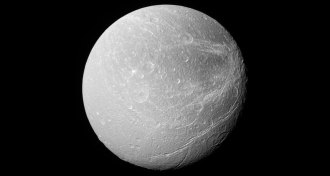 Planetary Science
Planetary ScienceSaturn’s moon Dione has stripes like no others in the solar system
Icy moon Dione has long, thin, bright lines at its equator that run surprisingly parallel to each other for tens to hundreds of kilometers.
-
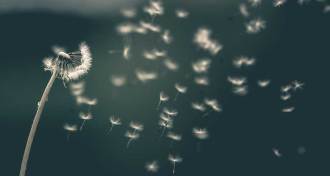 Life
LifeDandelion seeds create a bizarre whirlpool in the air to fly
Researchers have deciphered the physics underlying dandelion flight.
-
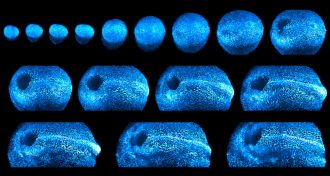 Life
LifeSee these dazzling images of a growing mouse embryo
A new microscope creates intimate home movies of mice embryos taking shape, and could shed light on the mysterious process of mammalian development.
-
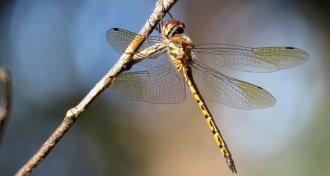 Animals
AnimalsHow math helps explain the delicate patterns of dragonfly wings
Scientists have found a mathematical explanation for the complex patterns on the wings of dragonflies and other insects.
-
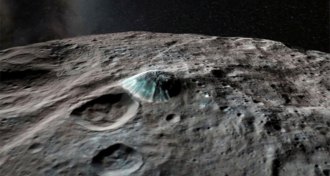 Planetary Science
Planetary ScienceThe ghosts of nearly two dozen icy volcanoes haunt dwarf planet Ceres
The slumped remains of 21 ice volcanoes suggest that the dwarf planet Ceres has been volcanically active for billions of years.
-
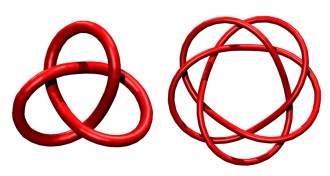 Chemistry
ChemistrySee the ‘periodic table’ of molecular knots
A new table of knots points the way to twisting molecules in increasingly complex pretzels.
-
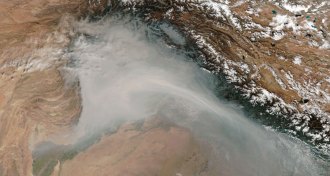 Health & Medicine
Health & MedicineAir pollution is shaving a year off our average life expectancy
The first country-by-country look at how dirty air affects when we die shows it can have more impact on mortality than breast or lung cancer.
By Katy Daigle -
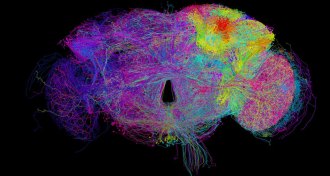 Neuroscience
NeuroscienceThis colorful web is the most complete look yet at a fruit fly’s brain cells
Scientists compiled 21 million images to craft the highest-resolution view yet of the fruit fly brain.
-
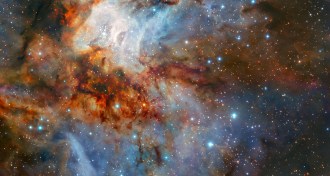 Astronomy
AstronomySee this star nursery shine in a stunning new infrared image
A newly released image of star cluster RCW 38 shows the intricate details of wisps of gas and dust surrounding newborn stars.
-
 Chemistry
ChemistryHow a particle accelerator helped recover tarnished 19th century images
Chemists used a synchrotron to peek beneath 150 years of grime on damaged daguerreotype images, revealing hidden portraits.
-
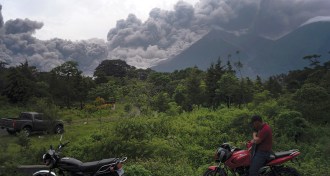 Earth
EarthHere’s a look at the world’s deadliest volcanoes — and the ways they kill
Scientists gathered data on nearly 280,000 global volcano deaths from 1500 to 2017 and sorted fatalities by cause of death, such as lava flows or gas.
-
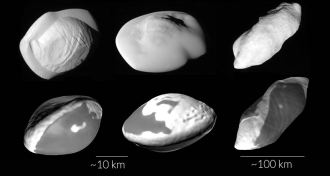 Planetary Science
Planetary ScienceSatellite smashups could have given birth to Saturn’s odd moons
Nearly head-on collisions between icy moonlets might be responsible for the peculiar shapes of some of Saturn’s moons, computer simulations suggest.